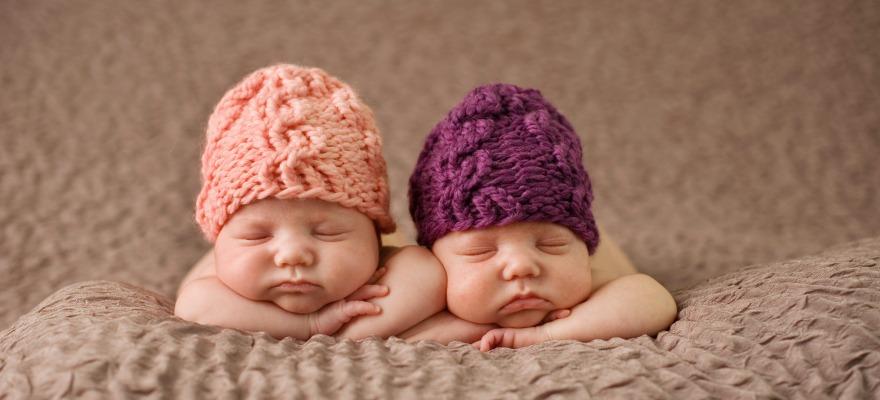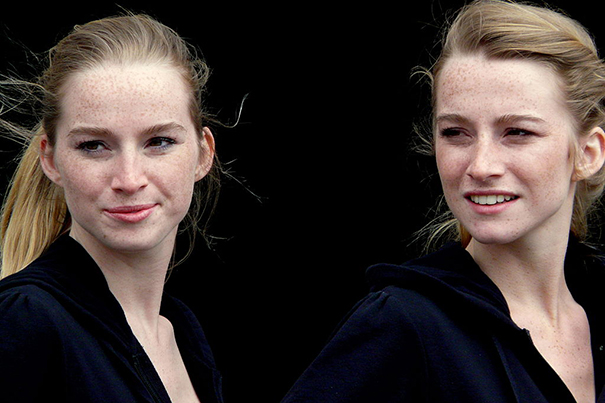Gesture and speech go hand-in-hand in language development with twins lagging behind single children. Why?
The following written content via Georgia State University
Gestures — such as pointing or waving — go hand in hand with a child’s first words, and twins lag behind single children in producing and using those gestures, two studies from Georgia State University psychology researchers show.

Twins produce fewer gestures and gesture to fewer objects than other children, said principal researcher Seyda Ozcaliskan, an associate professor in the Department of Psychology. Language use also lags for twins, and language — but not gesture — is also affected by sex, with girls performing better than boys, Ozcaliskan said.
“The implications are fascinating,” said Ozcaliskan. “It shows that gesture and speech go hand in hand in early development in twins. When one is lagging behind so does the other.”
The research found that a lag in gesture can reliably predict a lag in speech. At the same time, lots of gesturing suggests speech is on the way. Parents can help speed their child’s acquisition of language by naming the objects they gesture to.
The lag in gesture among twins may be due to lower parental input, Ozcaliskan said, for parents of single children used a greater amount and diversity of gestures than parents of twins. It’s likely, Ozcaliskan said, that parents caring for twins engage in shorter conversations with their children, including gesturing less, because their attention is divided and their labor is doubled.

The studies were conducted by Ozcaliskan and her psychology doctoral students Ebru Pinar and Sumeyra Ozturk, along with her collaborator Dr. Nihan Ketrez in Istanbul. The paper Parental Speech and Gesture Input to Girls Versus Boys in Singletons and Twins was published in the Journal of Nonverbal Behavior and Effect of Sex and Dyad Composition on Speech and Gesture Development of Singleton and Twin Children was published in the Journal of Child Language. The two studies analyzed video data from Turkish families and included three groups of fraternal twins — males, females and mixed sex twins, as well as two groups of single boys and girls, along with their parents.
Ozcaliskan said she had grown curious about gesture because it had not yet been studied among twins, while language acquisition has been thoroughly researched.
“We’ve known for a long time that children’s early vocabulary shows sex differences,” said Ozcaliskan, “with boys having smaller vocabularies than girls their age.”
Girls age 2-3 also produce longer, more complex sentences than boys. Twins are initially at a disadvantage where language is concerned, using fewer words than their singleton peers and forming complete sentences later than singletons. Boys lag the most, with girl-girl twins developing larger vocabularies and more complex sentences than boy-boy twins of comparable age.
Most of the time, these lags are within the normal range of differences, and nothing to worry about. Almost all children will catch up to each other by around age three and a half.
But what about gesture?
“There was close to nothing in research on gesturing among twins in any language,” Ozcaliskan said.
Infants start using pointing around 10 months, a few months before they produce their first words. In other words, they point at a dog a few months before they actually say the word “dog.” Gesture helps them convey what they can’t yet communicate in speech and paves the way for children’s early words.
Though the lag in gesture and language among twins may be mostly due to reduced parental input, Ozcaliskan said twins sometimes develop their own systems of communication, even their own “twin language,” which has been shown to delay language acquisition. “Perhaps it also delays the use of gestures,” she said. Read more from Science Daily.





